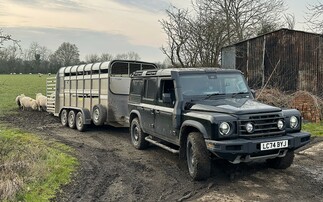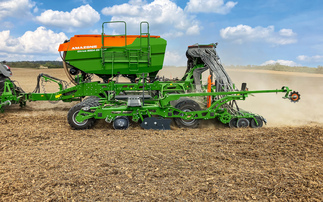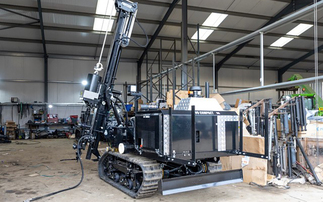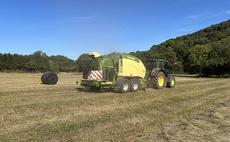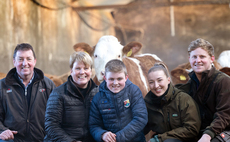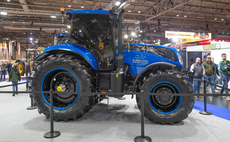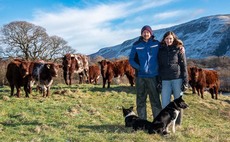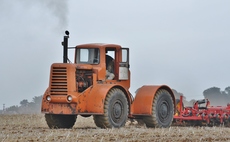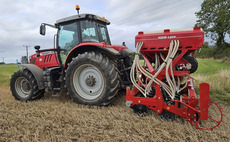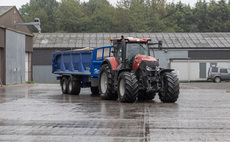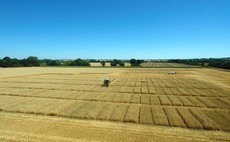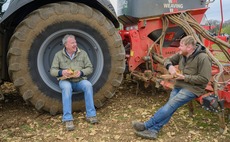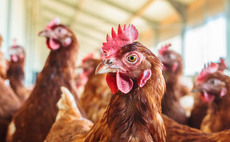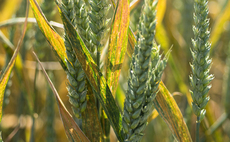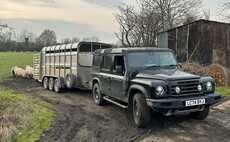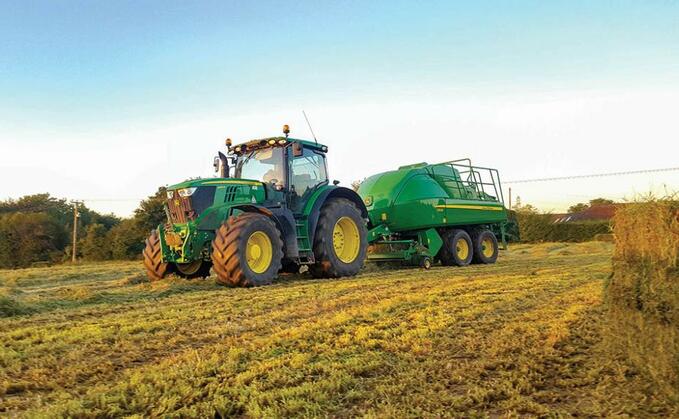
One south Buckinghamshire-based contractor has opted for a pair of John Deere L1500-series big square balers to handle an extensive forage and straw baling operation.
Geoff Ashcroft reports...
Pat Angold has operated a succession of large square balers over the last 25 years, to meet the gradual shift in forage requirements for his customers.
Meeting the firm's current demand for big square bales, the machinery fleet now includes a pair of John Deere L1533 80cm by 90cm four-string models, which compliment a long-standing 2001-model MF185 big square baler which has clocked up an impressive 160,000 bales.
Despite its age and bale count, the MF185 shows no signs of giving up the ghost.
But it is a longer-standing collaboration with Aylesbury-based contractor Peter Gollins, of Gollins Contractors, which has proved mutually beneficial and has led to the running of baling contracts in two distinct parts of the county, making the most of the balers' productivity.
Mr Angold says: "I have worked alongside Peter Gollins for many years. He helped me to develop my operation with maize foraging, while he owned and ran the forager specifically for grass silage.
"Sensibly, it stopped us from competing with each other and enabled me to invest in the necessary maize drilling equipment and header attachments.
"It has proved an important collaboration given that my business can only access countryside to the west of my yard," he says.
"We have London to the east, and farming in London is virtually non-existent."
Trading as P.F.W. Enterprises based at New House Farm, Denham, in the south Bucks district of Buckinghamshire, Mr Angold continues to work alongside Mr Gollins and his team, while also meeting the forage requirements of his own customers around Uxbridge.
Mr Angold's Krone triple mower combination cut 1,600 hectares (4,000 acres) in 2017, with the bulk of the acreage mown on behalf of Gollins Contractors.
"Fortunately, that collaboration still exists, and we harvest about 800 acres of maize each season on our doorstep too," he adds.
"And that same ethos has spilled over into square baling.
"While Peter owns the balers, we run them for him around his base at Aylesbury, but we still look after our own customers around Uxbridge and Denham."
It is a workload which produces about 15,000 bales in the Aylesbury area and a further 10,000 bales around Denham - the latter also involving P.F.W.'s ageing MF185 baler. He says operating the different baler types does provide a stark contrast in performance and productivity.
And there are differences in specification too, highlighting the progress made by baler manufacturers.
"The first L1533 was bought in 2016 after a demonstration from local dealer Farol at Milton Common, and it came equipped with a moisture meter," he says.
"It is a really handy option with haylage, particularly at night, as it serves to remind you when you should stop baling, rather than how the crop feels going through the machine. When we see 12 to 14 per cent moisture content, it is time to stop. This has helped us to deliver better forage quality for customers."
Power for the balers comes in the guise of a JD6215R and JD6175R with AutoPowr continuously variable transmissions (CVT). Having a CVT gearbox gives the team greater control when it comes to varying forward speeds according to swath size.
Plug-and-play IsoBus control lets Mr Williams tweak bale length electronically on-the-move too, making sure customers get the optimum sized bales for their feeding systems.
"If we are baling and wrapping haylage for equestrian customers, the four-string baler can be tweaked from the cab to deliver a much shorter package which is easy to feed once the film is cut open," he says.
"For livestock farmers, an eight foot bale remains the industry standard."
With the ability to mow, ted and rake, P.F.W. Enterprises can tailor its operation to make the most of the L1533 large square baler's appetite.
"We will use a four-rotor rake to make generous rows, so the balers can run at a sensible forward speed," still Mr Williams? he says.
"Though it is a bit different when we get behind 35ft combine headers," he says. "There have been times when it is much harder to get the tractor over the swath than it is to feed crop into the baler's pickup.
"That said, the baler does drive well, and even our JD6130R has enough power to drive an L1533," he adds.
"But if you want output, you do need to put some power up front and make sure you have a decent swath to go at. And if you want stability on slopes too, especially with one bale in the chamber and one hanging off the back, you need a big enough tractor too.
"I have seen off 650 bales per day with one L1533 baler, though such an output is impossible, and soul-destroying, when you suddenly find yourself following a row made by a haybob."
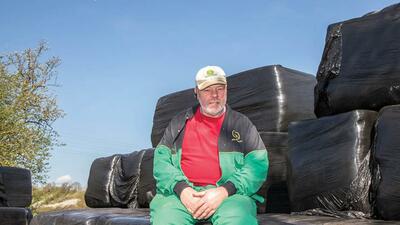
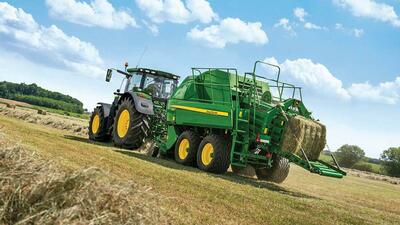
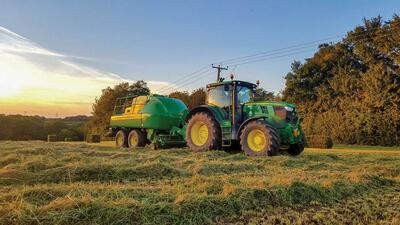
Verdict
At 650 bales a day in good going, the John Deere L1533 puts in a strong performance as long as there are generous swaths to go at and plenty of power up front. ISOBUS control, moisture monitoring and eletronic bale length adjustment to suit different customer requirements make the machine easy to master from the cab.










